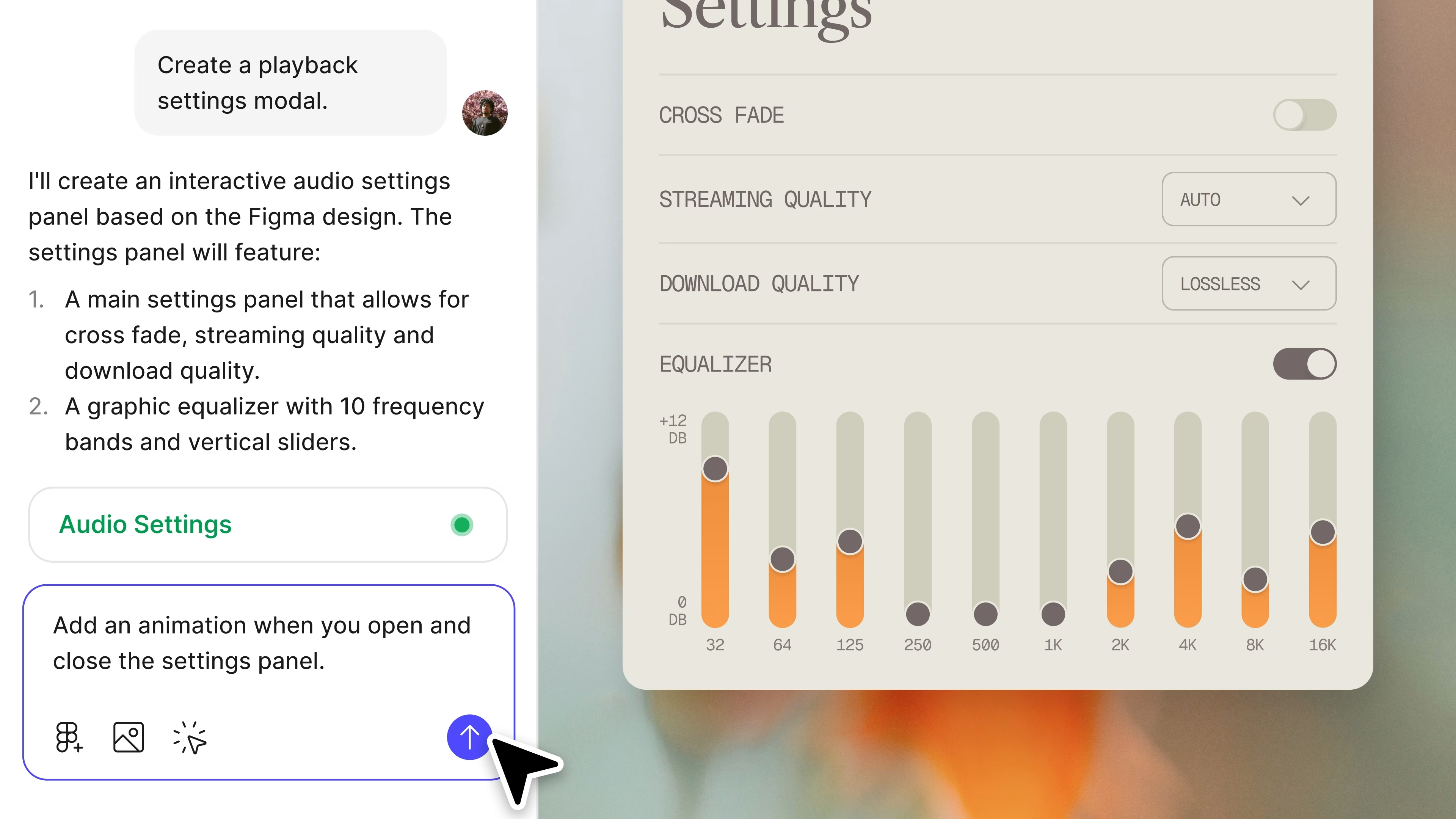Figma Make: Bridging Design and Development with Prompt-to-App Coding
Remember all the chatter earlier this year about Figma's foray into prompt-to-app coding? Well, the whispers have turned into a full-blown roar. Figma Make, the tool that promised to bridge the chasm between design and functional application, has officially rolled out to all users. This isn't just another feature; it's a significant leap for anyone dabbling in product development, from seasoned designers to budding entrepreneurs.
What is Figma Make and Why It Matters
At its heart, Figma Make is about democratizing app creation. Imagine typing a description – a "prompt" – and watching it transform into a functional piece of an application, right within your familiar Figma environment. It's a game-changer, really. For years, designers would hand off meticulously crafted mockups to developers, often leading to translation issues, back-and-forth revisions, and sometimes, a final product that didn't quite matched the original vision. Figma Make aims to shrink that gap, making the design-to-code pipeline smoother than a freshly polished UI.
The Evolution of Design-to-Code
We've seen tools try to tackle this problem before, haven't we? From early code generators to low-code/no-code platforms, the dream of designers directly creating functional apps has been around. But Figma Make feels different. It leverages the power of natural language prompts, integrating AI to interpret intent, not just translate pixels. This isn't just about generating static code; it's about creating dynamic, interactive components that can be immediately tested and refined. A big step forward, in my humble opinion.
Key Integrations and Capabilities
The true power of Figma Make isn't just in its core functionality, but in how it plays with others. Recent announcements have really underscored this.
Data-Powered Apps with Supabase
AI-Driven Development with Claude Code
And then there's the synergy with AI-driven coding tools like Anthropic's Claude Code. This isn't just about Figma Make doing its thing in isolation. It's about it fitting into a larger, increasingly AI-powered development workflow. Figma Make can generate the initial components, and then tools like Claude Code can assist with refining, optimizing, or even extending that generated code. This partnership highlights Figma Make's position at the forefront of modern development workflows, where AI isn't just a buzzword, but a tangible assistant.
Impact on the Design and Development Ecosystem
The full rollout of Figma Make to all Full seats is a huge deal. It means more people, especially those with strong design sensibilities but perhaps less coding experience, can now bring their ideas to life faster.
Democratizing App Development
This could significantly lower the barrier to entry for app development, fostering a new wave of innovation. Imagine a small startup, or even an individual, being able to rapidly prototype and iterate on an app idea without needing a massive engineering team from day one. That's the promise here, and it's a powerful one. It truly empowers designers to take their visions further than ever before.
Competitive Landscape: Figma Make vs. Others
The Road Ahead: Future Prospects and Challenges
So, what's next for Figma Make? The potential is immense. We're likely to see more integrations, more sophisticated AI models, and perhaps even more granular control over the generated code. But it's not without its challenges. The quality and maintainability of AI-generated code will always be a topic of discussion. Will it replace human developers? Probably not entirely, at least not anytime soon. It's more of a co-pilot, an accelerator. The real test will be how well it handles complex, enterprise-level applications versus simpler prototypes. And how will it evolve to meet the ever-changing demands of web and mobile development? These are questions that remains.
Conclusion
Figma Make's journey from limited beta to general availability marks a pivotal moment in the design and development landscape. Its ability to turn prompts into functional app components, coupled with powerful integrations like Supabase and AI coding tools, positions it as a truly transformative tool. It's an exciting time to be in this space, and I, for one, am eager to see how designers and developers leverage this new capability to build the next generation of digital experiences. The future of app creation just got a whole lot more interesting, didn't it?
